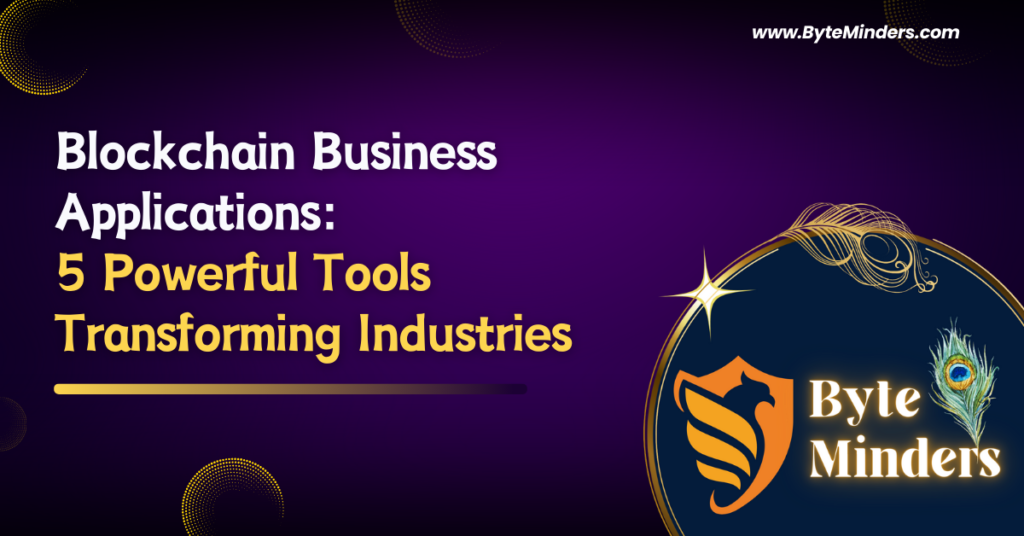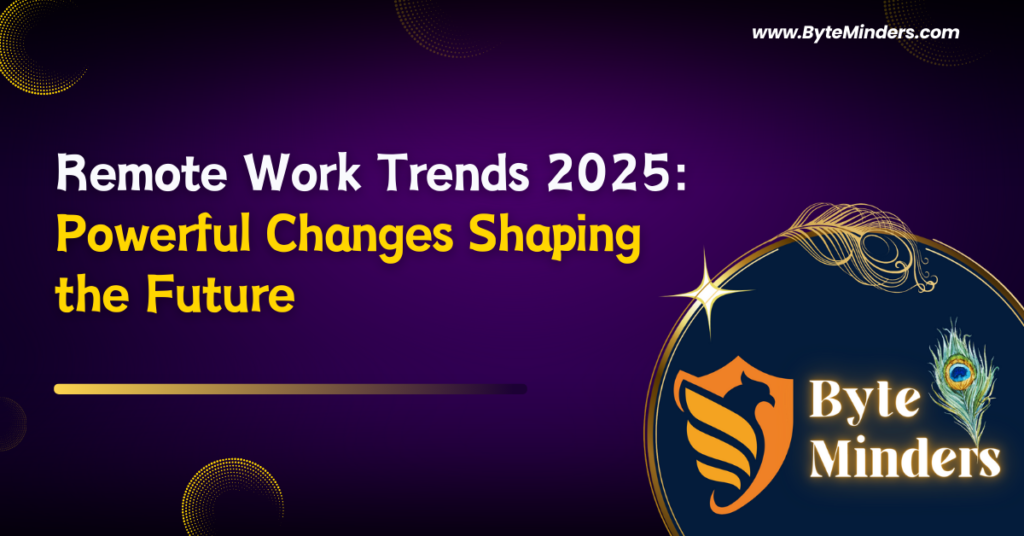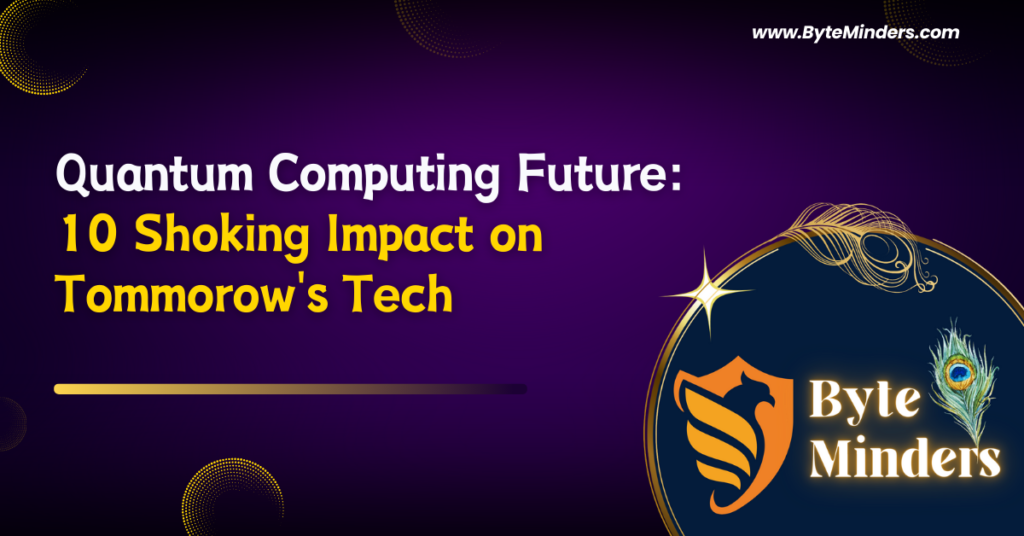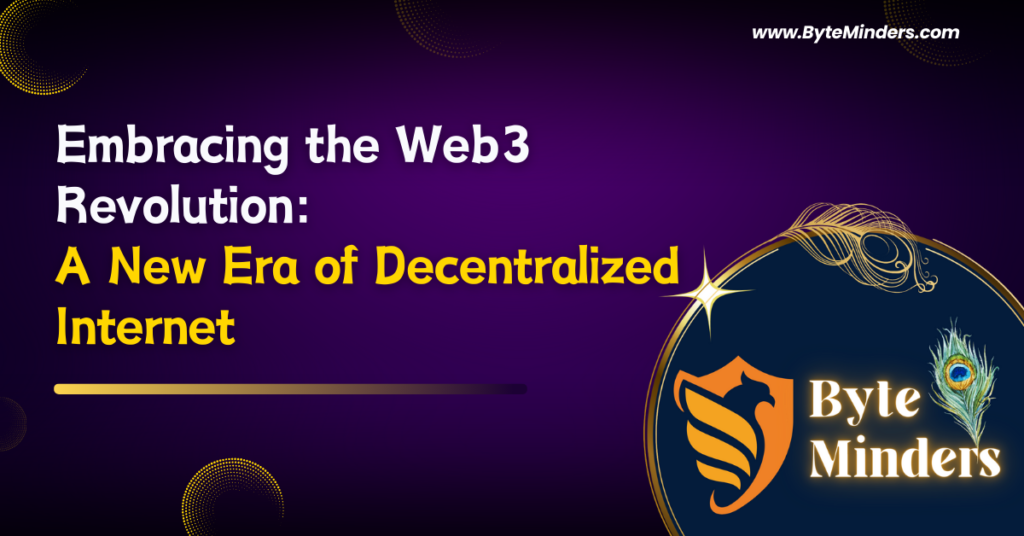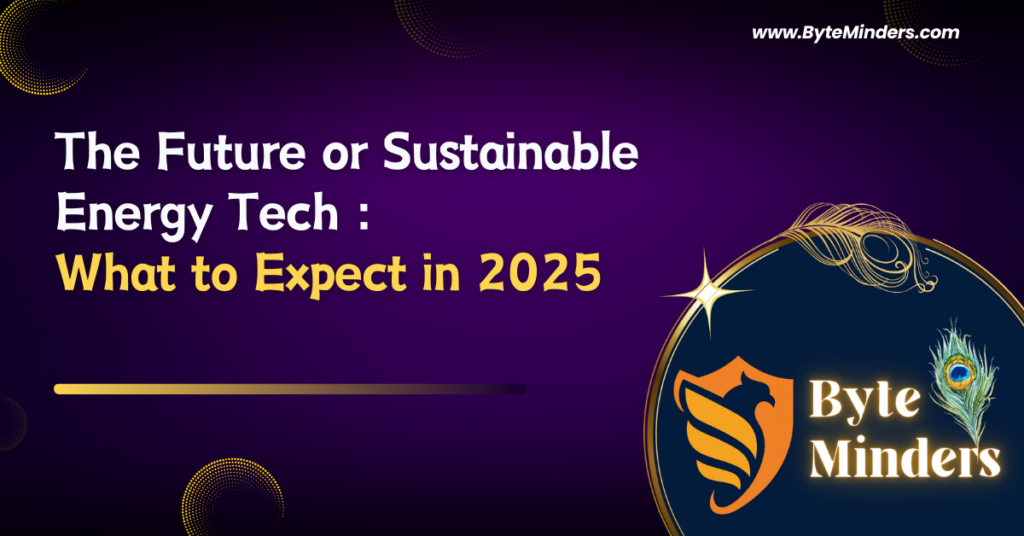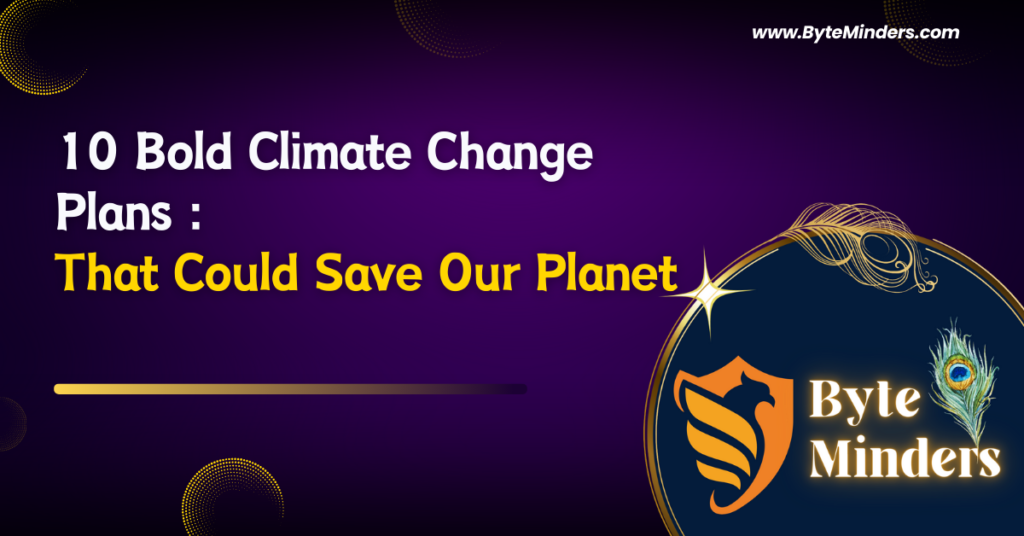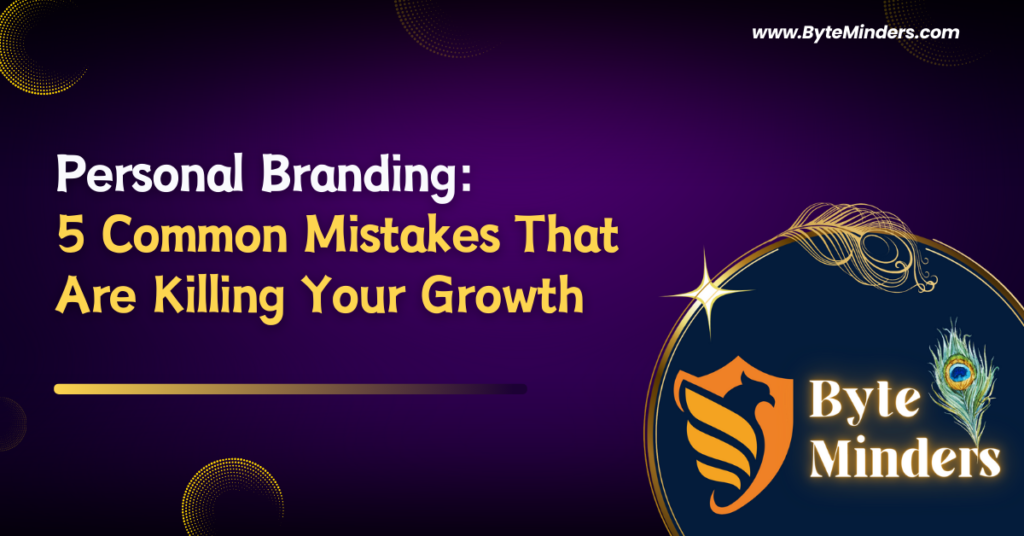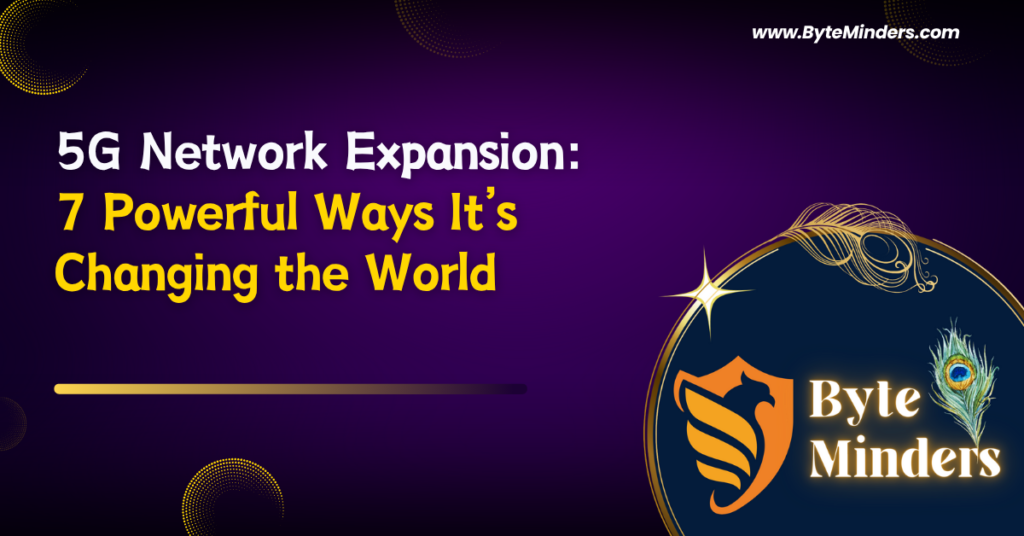
5G Network Expansion: 7 Powerful Ways It’s Changing the World
In the ever-evolving digital era, 5G Network Expansion is more than just a technological upgrade — it is a foundational shift that’s transforming the way the world connects. As more countries adopt and invest in 5G infrastructure, global connectivity is reaching new heights, enabling faster data transmission, smarter devices, and real-time communication. In this blog, we’ll break down what 5G Network Expansion truly means for everyday users, businesses, and the global economy. What Is 5G and Why Does It Matter? 5G stands for the fifth generation of mobile networks, succeeding 4G LTE. Unlike previous generations, 5G offers ultra-fast speeds, lower latency, and the ability to connect more devices simultaneously. This means faster downloads, seamless streaming, and a solid foundation for future technologies like smart cities, autonomous vehicles, and IoT. The importance of 5G Network Expansion lies in its potential to support the massive increase in data consumption and device connectivity across the globe. The Global Rollout of 5G Network Expansion Countries like the United States, South Korea, China, and members of the European Union are leading the way in 5G Network Expansion. Telecommunications giants such as Verizon, AT&T, Huawei, Ericsson, and Nokia are investing billions to deploy 5G infrastructure in both urban and rural areas. Developing nations are also catching up, seeing 5G as an opportunity to leapfrog traditional internet and telecom limitations. This rapid global deployment ensures that people from all backgrounds can benefit from high-speed internet access, thereby narrowing the digital divide. Impact of 5G Network Expansion on Daily Life Imagine downloading a 4K movie in seconds, enjoying lag-free gaming, or attending a virtual meeting with perfect clarity. That’s what 5G Network Expansion promises. Here are a few real-world applications: Enhanced Mobile Experiences: Mobile apps will become more responsive, and video streaming will be smoother than ever. Smart Homes and IoT: More connected devices like smart lights, thermostats, and security systems can work together efficiently. Healthcare: Telemedicine will become more reliable with high-speed, low-latency connections supporting real-time diagnostics and remote surgeries. 5G Network Expansion and Economic Growth The economic benefits of 5G Network Expansion are enormous. According to estimates by the World Economic Forum, 5G could generate over $13 trillion in global economic output by 2035 and create 22 million new jobs. Industries such as manufacturing, logistics, agriculture, and finance will see a massive transformation: Smart factories will use 5G to enable automation and predictive maintenance. Agricultural tech will use sensors to monitor crop health in real-time. Financial services will benefit from faster transactions and secure communication. Challenges in 5G Network Expansion Despite its potential, 5G Network Expansion is not without hurdles: Infrastructure Costs: Deploying thousands of small cell towers and fiber optics requires huge investment. Security Concerns: With more devices connected, the surface for cyberattacks grows. Regulatory Delays: Some regions face government restrictions and delays in spectrum allocation. Yet, most experts agree that the benefits of 5G Network Expansion outweigh these challenges. The Role of 5G in Future Technologies 5G is the backbone of next-gen innovations: Autonomous Vehicles: Real-time communication between vehicles and infrastructure for safer roads. Augmented and Virtual Reality: A new era of immersive education, entertainment, and training. Remote Work and Learning: Enhanced video conferencing, cloud access, and virtual collaboration. As 5G Network Expansion continues, we’ll see these futuristic applications become everyday reality. Is 5G Safe? Understanding the Health Concerns A common concern about 5G Network Expansion relates to its impact on health due to increased radiation from 5G towers. However, numerous scientific studies and health organizations, including the WHO, have found no conclusive evidence linking 5G to health risks. Still, ongoing monitoring and safety regulations remain essential. Future Outlook of 5G Network Expansion By 2030, it’s expected that 5G Network Expansion will cover over 80% of the world’s population. The integration of 5G with AI, blockchain, and edge computing will further accelerate innovation across sectors. In rural areas, 5G could bring educational tools and telehealth to regions that previously lacked access, fundamentally altering lives for the better. ✅ Frequently Asked Questions (FAQs) Q1. What is 5G Network Expansion? A: It refers to the global rollout and adoption of 5G mobile networks, enabling faster internet, more device connections, and next-gen tech experiences. Q2. How fast is 5G compared to 4G? A: 5G can be up to 100 times faster than 4G, offering download speeds of up to 10 Gbps. Q3. Is 5G available everywhere? A: Not yet. Urban areas are seeing faster rollout, while rural and remote areas are still being integrated gradually. Q4. Will 5G replace Wi-Fi? A: No. 5G complements Wi-Fi by offering more mobile data capabilities. Both will coexist and serve different needs. Q5. Is 5G safe for health? A: Current scientific research shows no proven health risks from 5G exposure when following safety guidelines. 👤 About the Author Written by Sumit Ravi – a tech blogger and MCA student with a passion for digital transformation, future tech, and connectivity trends. 🌐 Visit My Portfolio 🏷️ Tags: 5G Network Expansion, global connectivity, 5G technology, telecommunication, smart cities, 5G use cases, 5G rollout, future tech, IoT, edge computing


